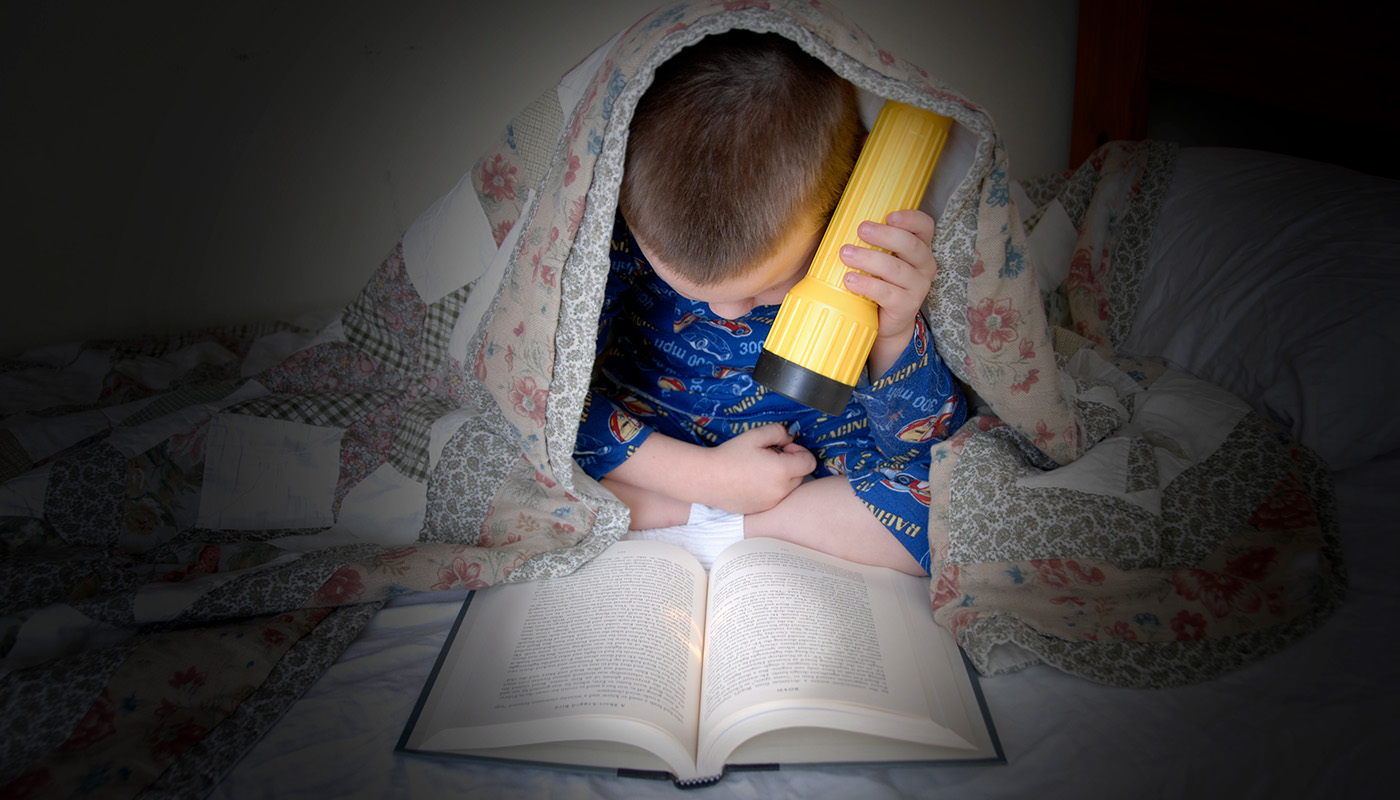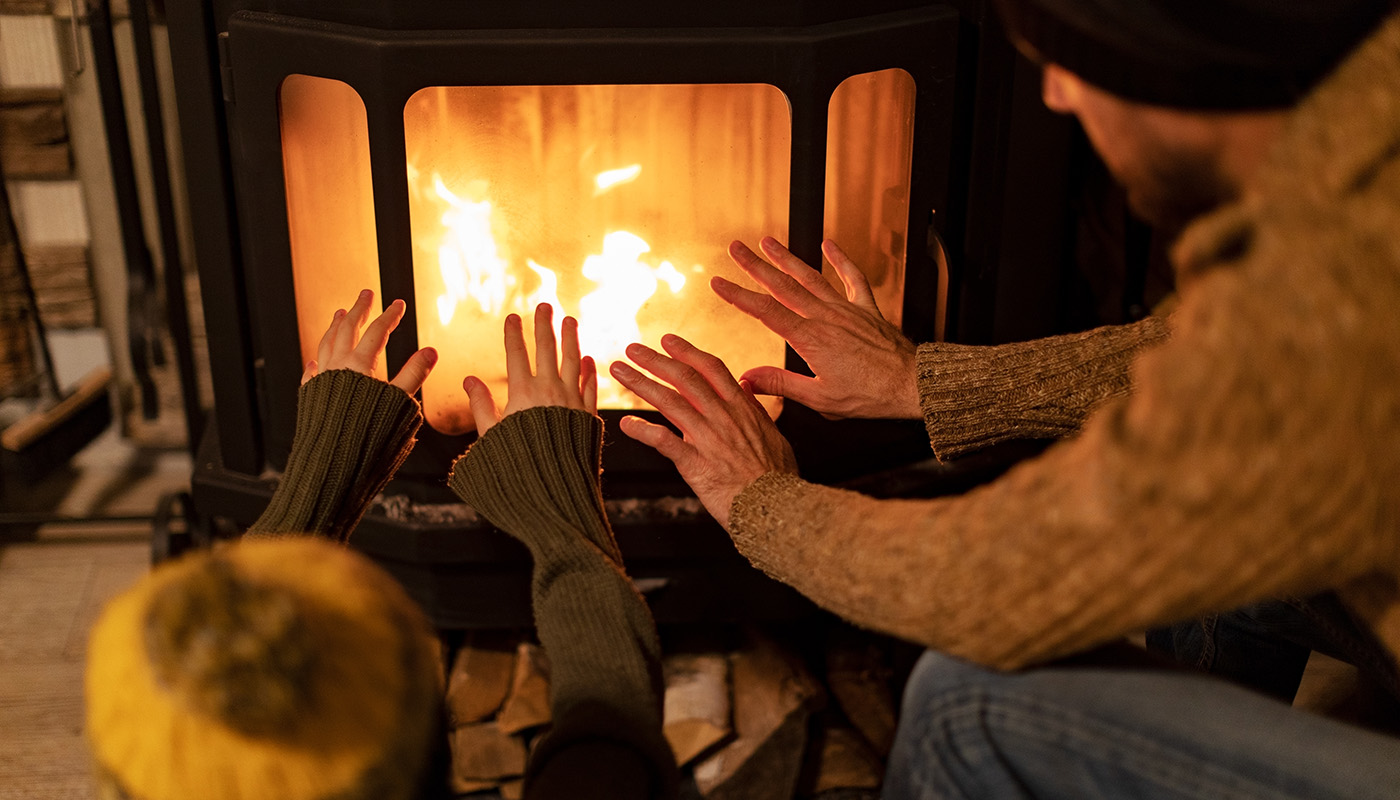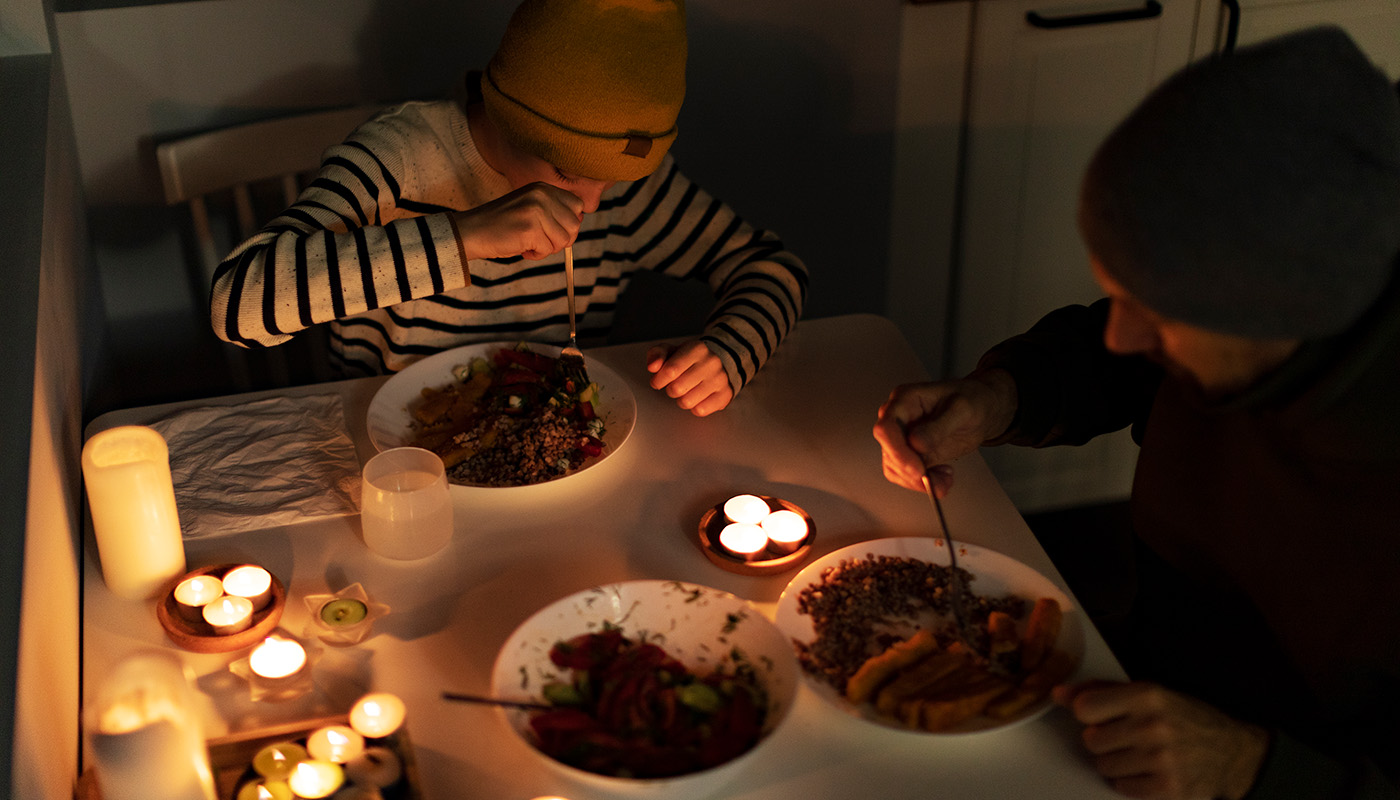Stay in Control During a Power Outage
Preparation and planning before the storm can help ease your mind and get you through it.
 iStock
iStock
Does your heart skip a beat when the lights flicker?
Can you locate the flashlights and emergency kits in your home?
Is your pantry stocked with nonperishable food?
Unexpected power outagesdue to weather can cause anxiety if you’re unprepared. But with a little planning, you can protect your home and family, ensuring thateveryone stays safe, warm and fed.
How do I prepare for a power outage at home?
If you’re in an area that’s expected to experience extreme weather conditions, preparation starts with planning. Create a communication and disaster plan for your family.
Also be sure to plan action steps for children with special health care needs and for pets.
Get AAA Weather Alerts on Your Phone
Sign Up Now iStock
iStock
Prep your home.
Take a few measures before winter arrives, such as better insulating your home, repairing roof leaks and trimming tree branches that could endanger your home or other structures during a storm.
Heating: If your plan includes using a fire place or wood stove for emergency heating during a power outage, it’s important to have your chimney and flue inspected annually. In addition, have a qualified technician check your furnace system and vents prior to each winter season to ensure proper functioning.
Smoke detection: Install a smoke detector and a battery-operated carbon monoxide detector near areas that may be heated by a fireplace, wood stove or kerosene heater.
Personal health: Be sure to always have a supply of any medications your family uses regularly. And if there’s an older adult at home, keep an easy-to-read thermometer in a convenient place. The ability to detect temperature fluctuations changes with age, and older adults are more susceptible to health problems caused by cold.
Learn more ways to prep and protect your home when the power goes out.
 iStock
iStock
Set up supplies and storage.
If you need to ride out a power outageor blackout, having enough supplies and storage is critical.
Stock up on food: Purchase enough nonperishable foods (items that don’t require refrigeration or cooking) to last for three days. Ideas include canned foods and shelf-stable milk.
- Have water handy: Freeze bottled water and ice packs ahead of time to store in the freezer or in coolers to help keep items cold.
- Check temps: Use an appliance thermometer to ensure the freezer temperature is at or below zerodegrees Fahrenheit and that the refrigerator is at or below 40 degrees Fahrenheit. If there’s a power outage, these checks will help you determine whether food is safe to eat.
- Save leftovers: Freeze refrigerated items such as leftovers and milk to keep them at a safe temperature longer. Group food items together in the refrigerator so they remain cooler longer.
- Make use of coolers: Store refrigerated food in coolers if the power outageis longer than four hours.
The U.S. Food and Drug Administration offers more ideas to help keep you safe.